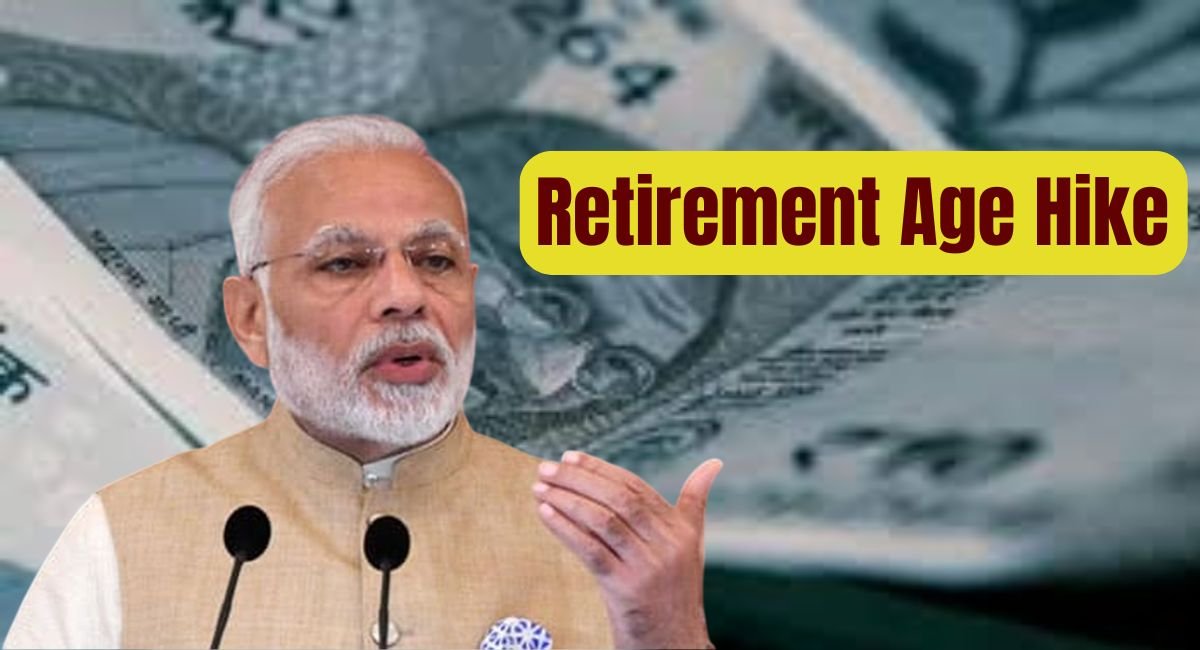The retirement age for central government employees has been increased by the Central Government in a significant policy change, from 60 to 62 years. Effective from January 2025, such alteration will not only be an acknowledgment of the growing life expectancy in India but also a way to keep the seasoned public administration professionals. It is envisaged that this would be a huge plus for hundreds of thousands of employees throughout various divisions and ministries.
Who Will Be Affected?
The revised retirement age is applicable only to the central government employees who by the previous rule were to retire at 60. It includes individuals serving in civil services, education, health, and various other administrative functions. However, the increment is not applicable to the defense staff, paramilitary forces, or state government employees since the latter two groups have different retirement policies. States would still have the option of introducing identical changes on their own.
Why the Retirement Age Was Increased
The government has mentioned three main reasons for the increase:
- Better life expectancy and health conditions for employees.
- The requirement of skilled professionals in power departments.
- As a cost-efficient measure, the extension of service periods lessens pension outflow in the short run.
This move is also in line with the global scenario as it is being observed that many countries are raising their retirement age to 65 and even higher.
Retirement Age Hike Summary Table
| Category | Previous Age | New Age (2025) | Effective From | Applies To |
|---|---|---|---|---|
| Central Govt Employees | 60 years | 62 years | January 1, 2025 | All non-defense departments |
| Defense & Paramilitary | Varies | No change | — | Separate retirement rules |
| State Govt Employees | 58–60 years | No change (optional) | — | Depends on state decision |
Final Thoughts
A raise of the retirement age to 62 is an intentional measure to keep talented people in the workforce and to lessen the financial burden of pensions. Employees who are close to retiring now receive an extension of two years during which they can be active, draw their salaries, and add up their contributions. It is essential for the employees whose retirement age has been changed to maintain their service records and check with the human resources department for a revised retirement plan. This move signifies a shift in India’s workforce policy.


